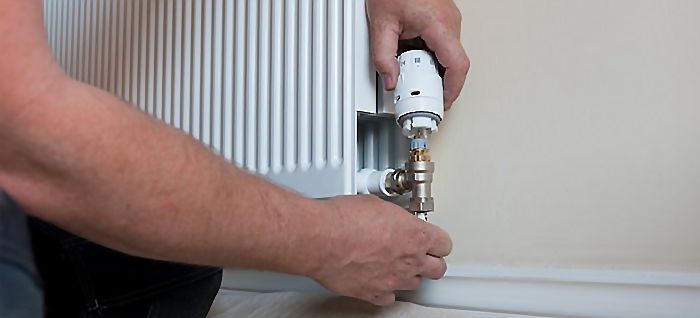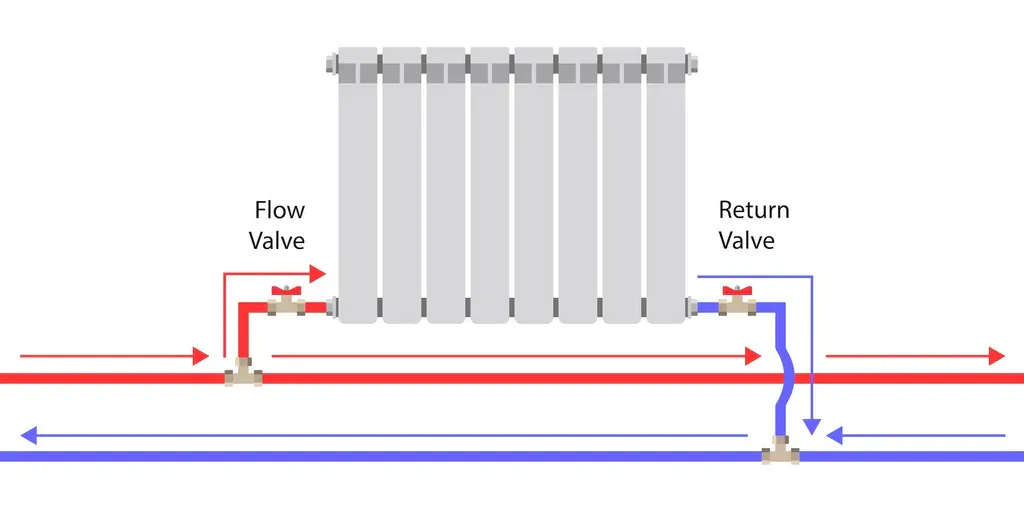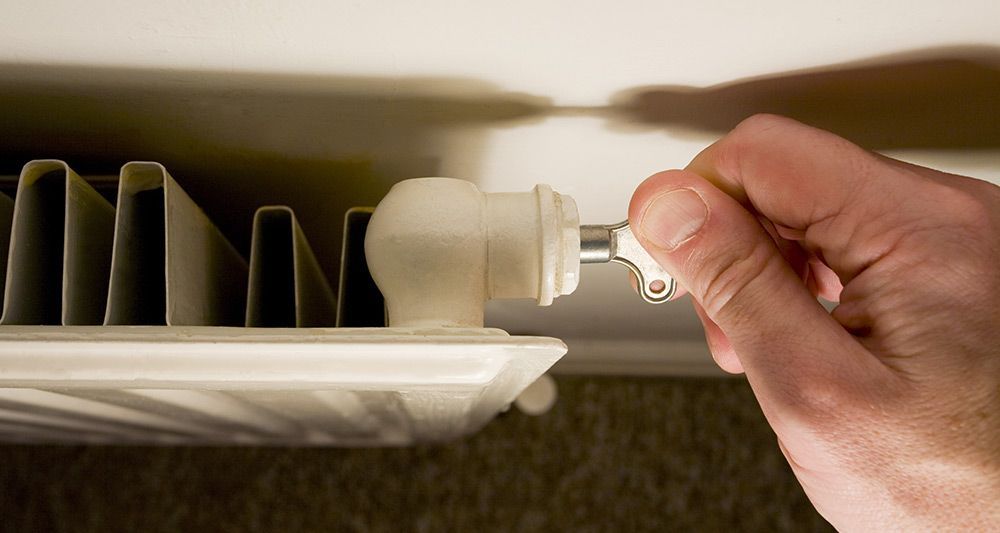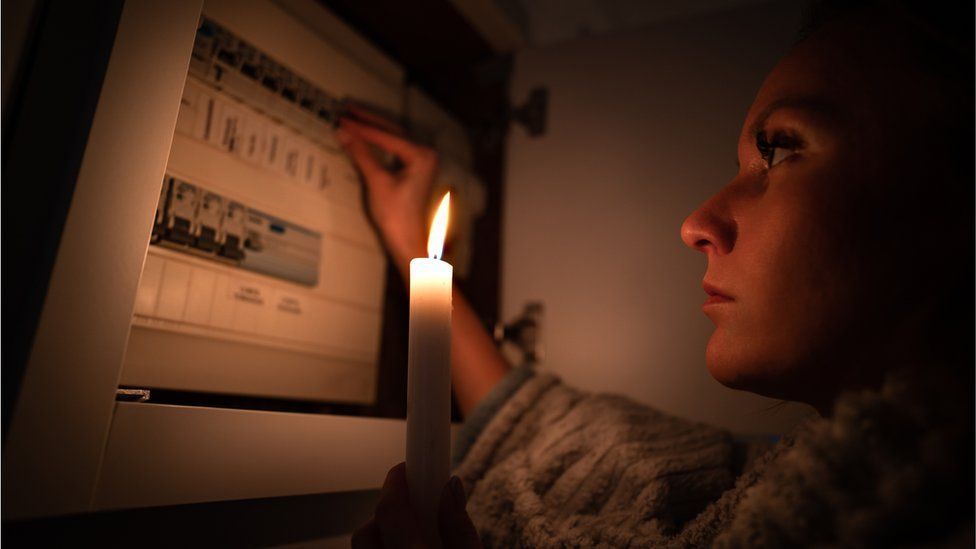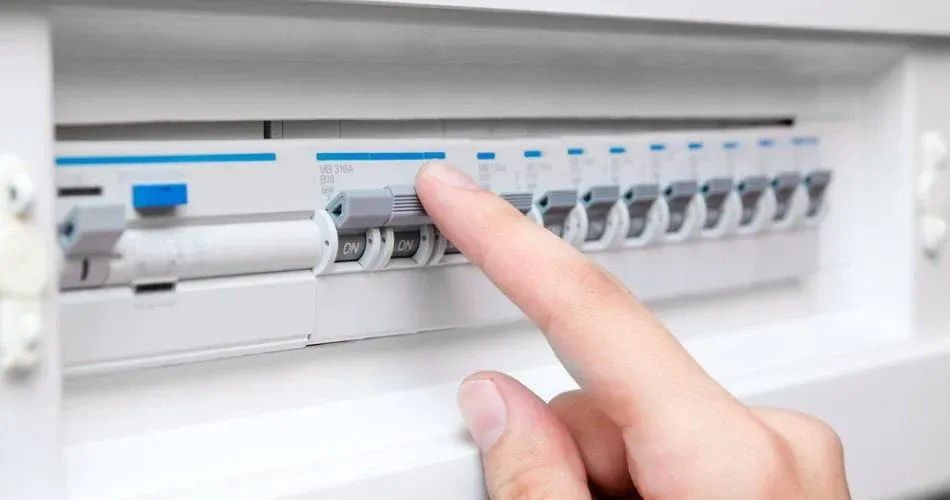How To Guides - Boiler broken down? A frozen pipe could be the problem
How to fix a frozen condensate pipe and get your boiler up and running again
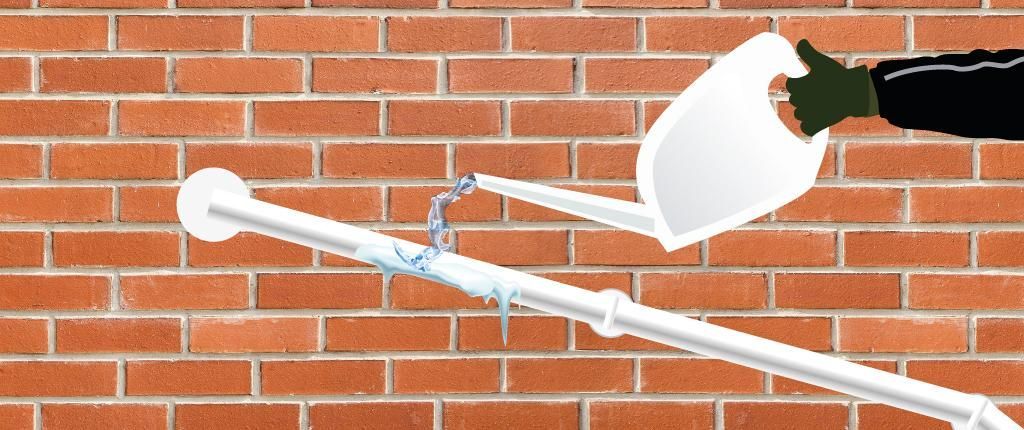
During the depths of winter, a common issue homeowners face is a frozen condensate pipe on their boiler. Today, we will walk you through an in-depth guide on how to safely thaw and protect your condensate pipe from freezing over, ensuring your boiler continues to heat your homes efficiently.
Please note that while the advice provided here is based on general scenarios, it's always safe to consult with a qualified professional for issues you might find complex or risky to handle independently.
What’s a Condensate Pipe?
The condensate pipe is a vital component of a modern, efficient boiler, leading acidic water, produced from your boiler’s condensing process, outside your home and into the drain. Ordinarily, this isn’t an issue. However, during cold weather conditions, the water can freeze, causing a blockage that can force your boiler to shut down.
Identifying A Frozen Condensate Pipe
Primarily, a boiler breakdown during freezing weather conditions can be a significant hint towards a frozen pipe. Most modern boilers have a fault code or a warning notification when there’s a blockage in the condensate pipe. You should also inspect the external pipe, usually plastic and located on the outer wall where the boiler is fitted. Signs of ice or frost on the pipe usually indicate a freeze-up.
Steps to Safely Thaw a Frozen Condensate Pipe
The cardinal rule when dealing with a frozen condensate pipe is to prioritize safety over everything else. Here are the necessary steps to help you safely tackle a frozen condensate pipe:
1. **Locate & Prepare**: Carefully locate the frozen part of the pipe, usually the most exposed part. Make sure you wear some protective gloves and a thick coat to shield yourself from cold outdoor temperatures.
2. **Heat Application**: Fill a water bottle with warm (not boiling) water. Slowly pour this over the frozen part of the pipe, starting at the end nearest the boiler and moving along. This controlled, gentle defrosting process might need repetition if the ice is severe.
3. **Check Boiler Functionality**: After the ice has thawed, reset your boiler (the method may vary between brands, please check the boiler manual). If it comes back to life and starts operating as usual, you have successfully managed to deal with the frozen pipe.
However, bear in mind that even with these steps, some freezes might be tough to crack. If the problem persists, please call a heating engineer.
Preventive Measures to Combat Future Freezes
Prevention is always better than cure, especially in circumstances where extreme weather conditions might be beyond our immediate control. Here are some preventive measures:
1. **Insulate the Pipe**: Pipe insulation is a simple yet effective preventive measure. Use good quality lagging, readily available in DIY stores, and wrap it around the pipe. Make sure you've selected the correct size, providing a snug fit for optimal insulation.
2. **Reroute the Pipe Indoors**: While it's not always feasible, rerouting the pipe internally could be the ultimate solution to prevent future freeze complications. This task is more complex and would require professional assistance. Consult with a heating engineer to explore the possibilities.
3. **Install a Condensate Pump**: Installing a condensate pump helps the water get drained faster, making it less likely to freeze. This solution is best suited for longer pipes where gravity drainage is challenging.
4. **Heat Trace Cable**: Another option is a heat trace cable, which warms the pipe enough to prevent freezing. This method is energy-intensive and should be considered only for excessively cold regions.
Conclusion
Being able to fix a frozen condensate pipe can save you from experiencing an unexpected boiler breakdown during freezing conditions. Additionally, taking preventive measures to stop future freezing can save you time, ensure your home stays warm through winter, and keeps your boiler in optimal working condition. While this guide could prove helpful, remember that every heating system can vastly differ. If you ever feel uncomfortable or unsure about performing these tasks, it's best to leave it to professional heating engineers.


